Although the places we visit and the times we visit them are largely dictated by the plant and animal species we’d like to see, all else being equal, we’d rather be comfortable than uncomfortable. 🙂 To get an idea what parts of the country have a good climate at different times of year, we use NOAA’s U.S. Climate Atlas. Our criteria for comfort are night-time lows between 40F and 60F (4–16C) for good sleeping; and daytime highs from 50F to 80F (10–27C) in humid areas, or 50F to 90F (10–32C) in dry areas, for pleasant outdoor activities. Their maps indicated that on average, subtropical Florida should be “comfortable” in the months of December, January, and February, but too hot the rest of the year. We were pushing things staying through March, and we did have some warm, humid nights that were poor for sleeping, but we had been lucky that March had been atypically cool and dry. However, as we left the Florida Keys, the impetus to move north was increasing.
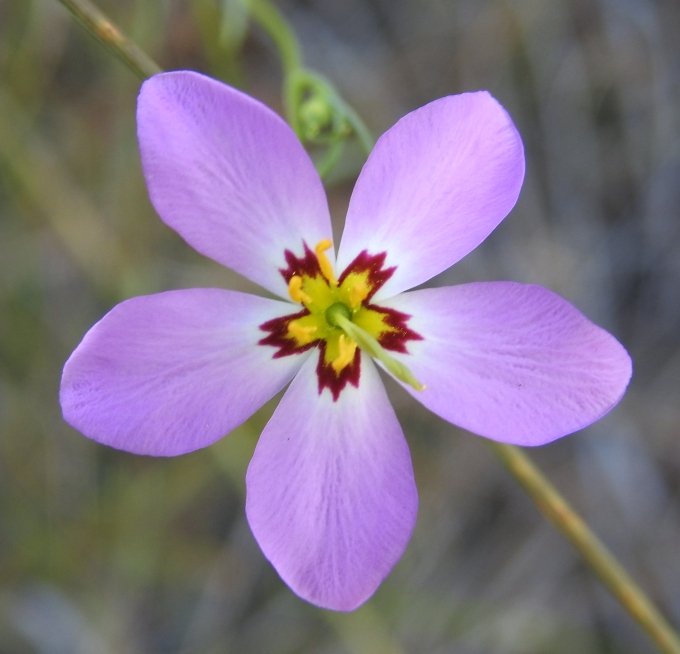
Yet there was still quite a bit of unfinished business. On Key Largo, we again visited John Pennekamp State Park (SP), to try to identify definitively Wild Cinnamon, Canella winterana, the only member of its family in North America (north of Mexico). We saw it a week earlier there but could not make a confident determination. This time we circled the tree, peering through the numerous hammock hardwoods to get glimpses with our binoculars of its uppermost branches, and finally located a flower cluster, clinching the identification! We spent another four nights in a county park, to finish visiting the publicly accessible hammocks of Miami-Dade County. We were lucky to get permission to enter Camp Owaissa Bauer, home of Timms Hammock. We did not find a rare fern family known from the site, but we did bump into an odd, miniature plant at a limestone cave entrance, which I finally identified from our photos that evening – Carolina Leafflower, Phyllanthus caroliniensis. The reason it did not look like anything I knew was because it was yet another new vascular plant family, which we were not planning to target for several more months!
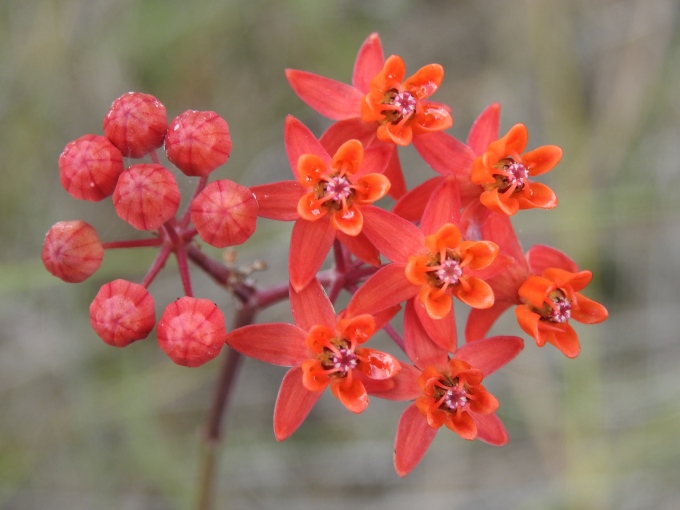
Increasing heat, humidity, and bugs encouraged us to move north, which task we initiated by heading southwest (!) to Long Pine Key in the Everglades, as it had so many interesting native wildflowers when we visited two weeks earlier. We had a wonderful hike, featuring several beautiful species of milkweed, and thoroughly enjoyed camping there – it was quiet with large sites in an interesting natural setting, making it our nicest camping in over two months. Hispid Cotton Rats, an adorable native rodent, fed right in our site, and Chuck-Will’s-Widows, nocturnal birds, called all night.
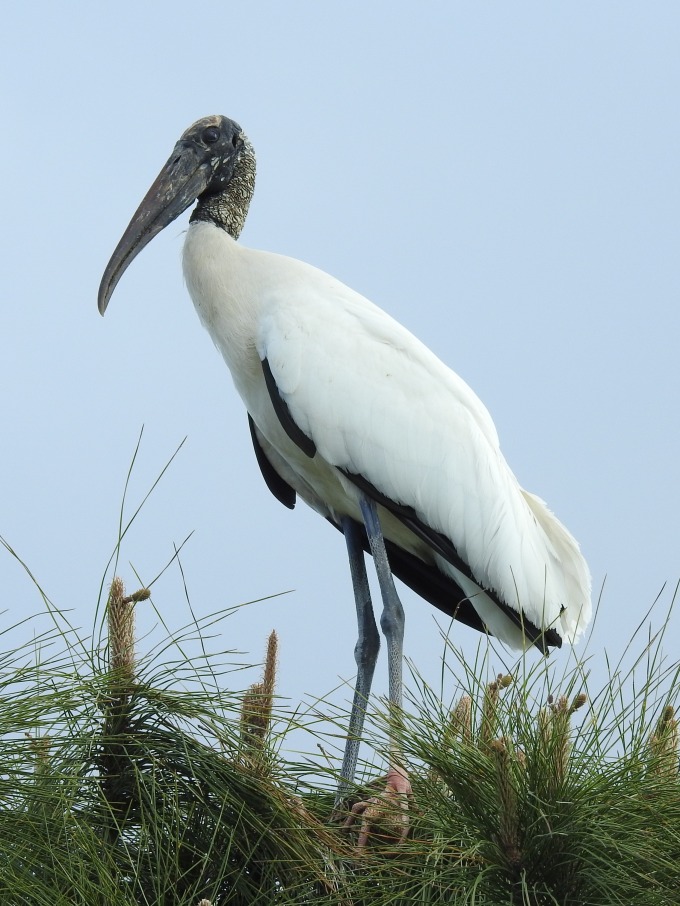
We next headed to the northwest Everglades, taking nice back roads through Big Cypress Natural Preserve and Fakahatchee Strand State Preserve. A strand is a long and narrow swamp with directional water flow at least during wetter times of year. Fakahatchee Strand is the largest strand in Florida (20 miles long), and it has more species of orchids than anywhere else in North America. Most are epiphytic, and occur where Pond Apple (Annona glabra) and Pop Ash (Fraxinus caroliniana) trees form a dense enough forest canopy to trap moisture evaporating from the swamp water surface. This creates an extremely humid and therefore essentially frost-proof micro-climate (because of the high heat capacity of water vapor). This is a perfect situation for epiphytic orchids, bromeliads, and others. We spent 5 hours searching for one of the “others”, a Peperomia and a potential new family, but without success; however, we did see three new orchids and a spectacular butterfly, the Ruddy Daggerwing. You can bet we’ll be spending more time there in future years!
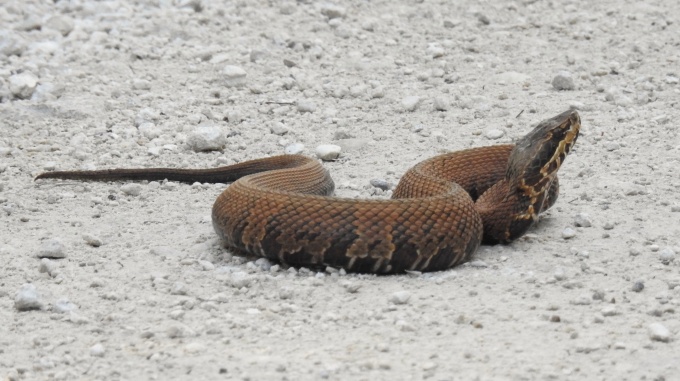
Continuing north, we stopped near Tampa to see Wild Canna (Canna flaccida), which had been a new family for us two months ago in the Panhandle. But I had developed some misgivings about the identification of those early season plants, and wanted a more definitive sighting, which was obtained in short order. We’d still sometime like to see its spectacular flowers, though! Further up the Gulf Coast, we took a lovely day paddle on the Chassahowitzka River, and the next day crossed over the Georgia line.
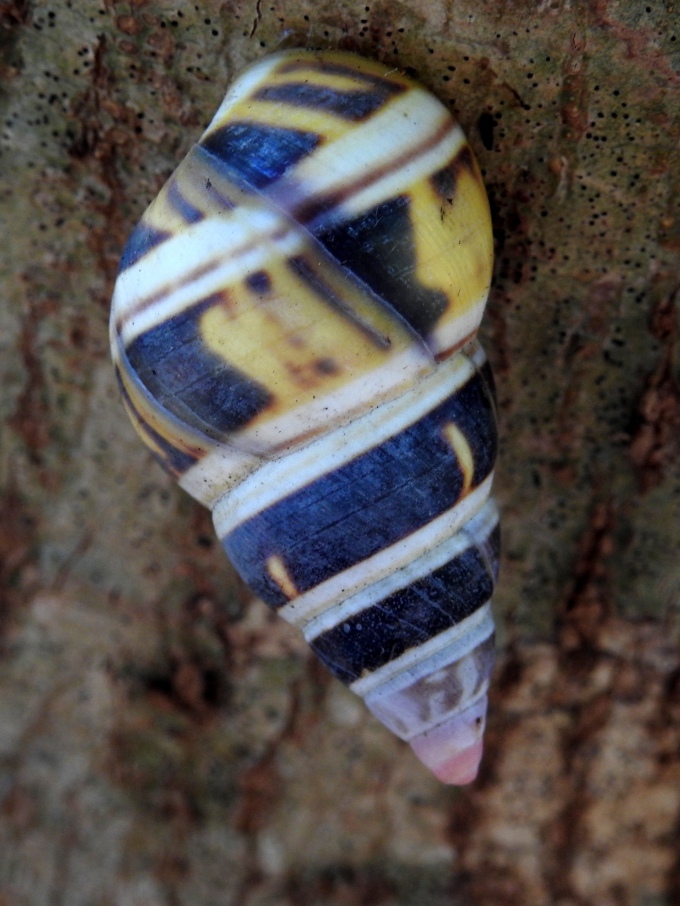
We returned to Reed Bingham SP, in hopes of seeing a rare shrub, Silky Camelia, but it was still too early in the season. We had spent a few nights here in February, during which it rained the whole time. In the intervening two months we had hardly seen a drop of rain, but now that we were back, it was raining again! Our next destination was Stephen Foster SP, on the west side of the Okefenokee Swamp, where we stayed five nights.
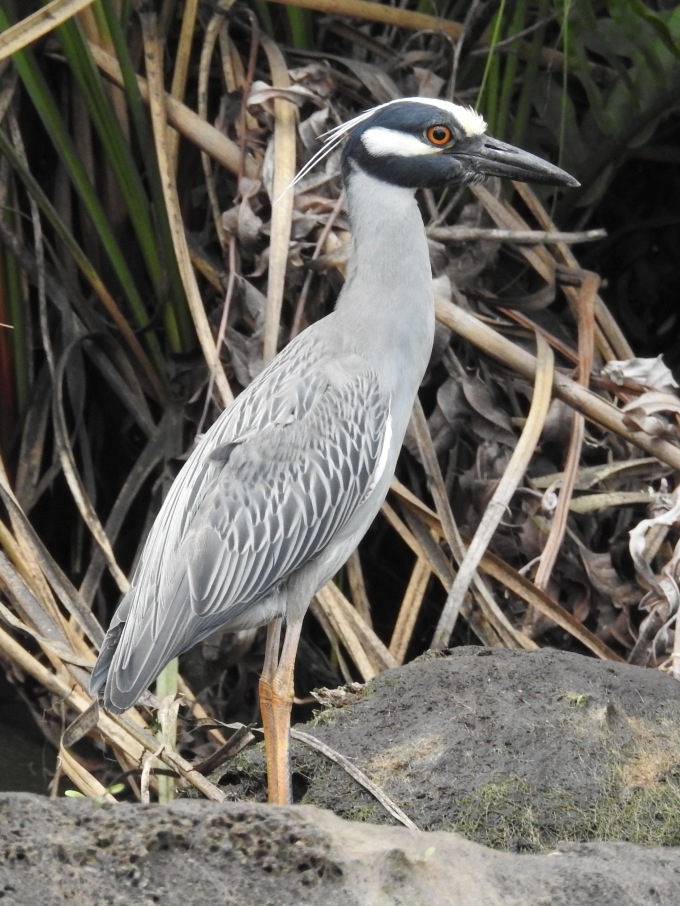
Our only previous visit to this huge cypress swamp was a day trip on the east side, after a business trip to Savannah. The camping was a delight and the canoeing outstanding! We paddled 16 miles one day, and 9 another. On the latter paddle, we carefully counted alligators and had a staggering total of 244 (yes, that’s two-hundred forty-four)! Highlights included hearing Barred Owls everywhere and watching one catch a crayfish; seeing several new dragonfly species; glimpsing Southern Flying Squirrel a couple of times while recording bats; and finally catching up with Climbing Fetterbush, Pieris phillyreifolia. The latter plant, in the rhododendron family, has the unique habit of its flattened rhizomes infiltrating the fibrous bark at the bases of cypress (Taxodium) and cedar (Chamaecyparis) trees. The rhizomes then climb the tree trunks, under the bark, and periodically sprout branches that pierce the bark surface and grow several feet out into the air, as much as 40 feet above ground!
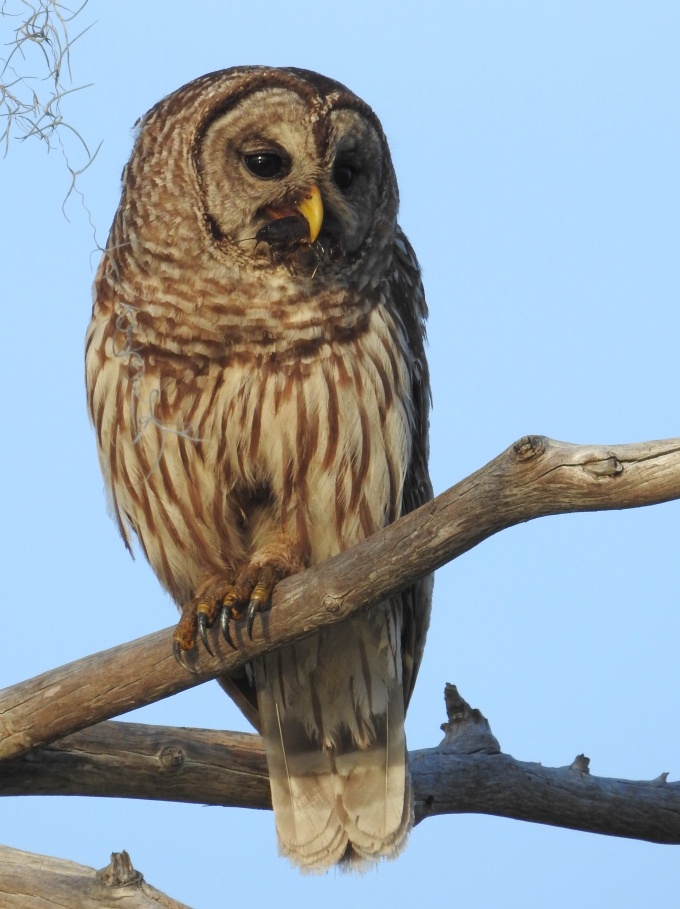
We’ve been on the road for almost 3 months now, so it’s probably a good time to summarize progress towards some of our goals. On this trip we’ve seen 21 new vascular plant families, bringing our total to 236 out of 254, or 93%. It is barely possible that we could reach our 95% goal this year; we’d need to find 6 of the 7 families we plan to look for during the remainder of the trip. Towards the goal of 10,000 native species, all-time, world-wide, we’ve added about 249 species, of which 201 were plants; 16, fish; 11, odonates; 7, herps; 4, mammals; 3, butterflies; and 7, others. This brings the total to about 9334 species.
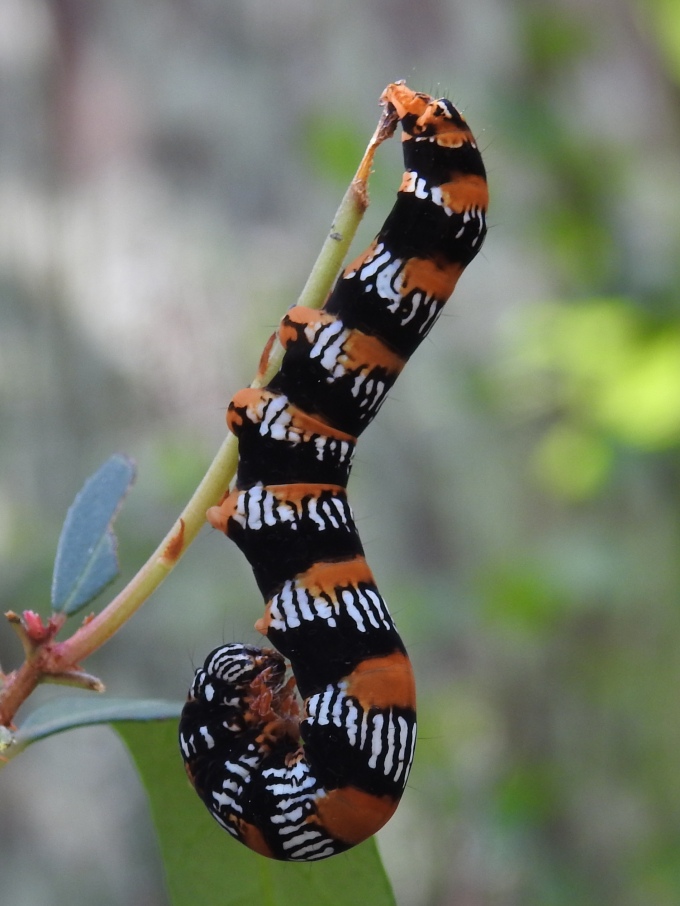
Love the photo of the Yellow-crowned Night Heron! I saw a Great Horned Owl catch a fish when I live on the Canandaigua Outlet. I couldn’t find a reference to owls fishing or knew of another sighting, so I’m glad someone else has seen an owl fishing! A Fish-Owl? (not Fish Crow! Sorry, couldn’t resist…)
LikeLike